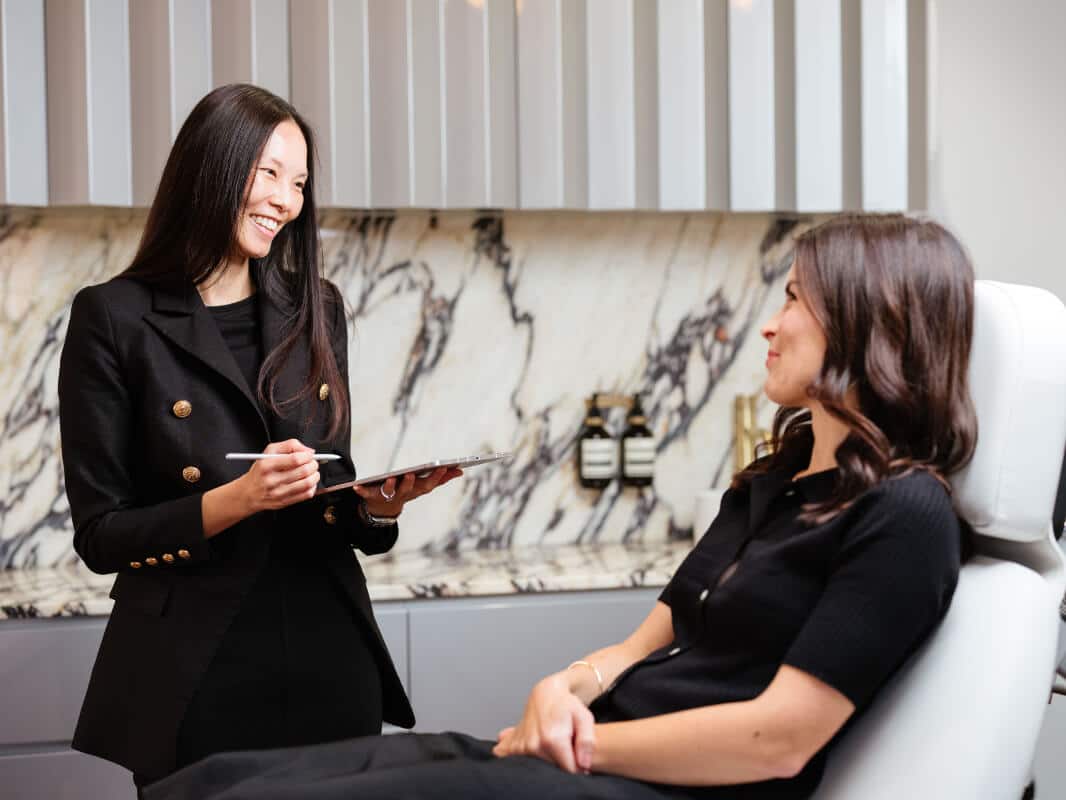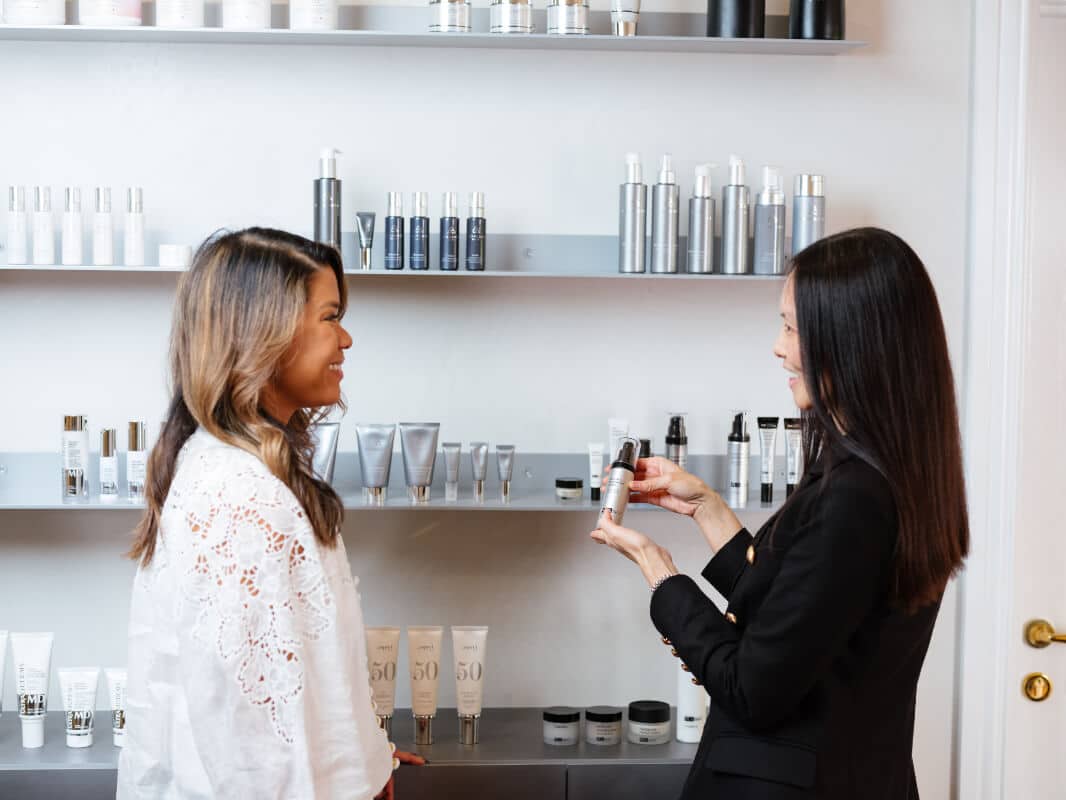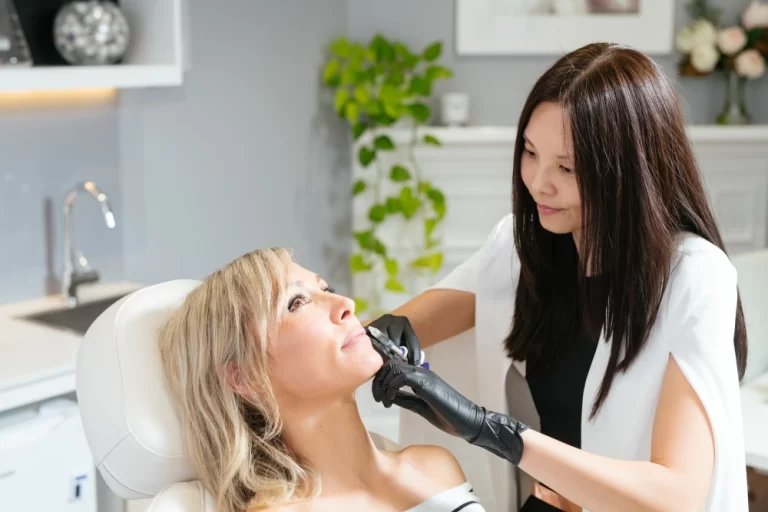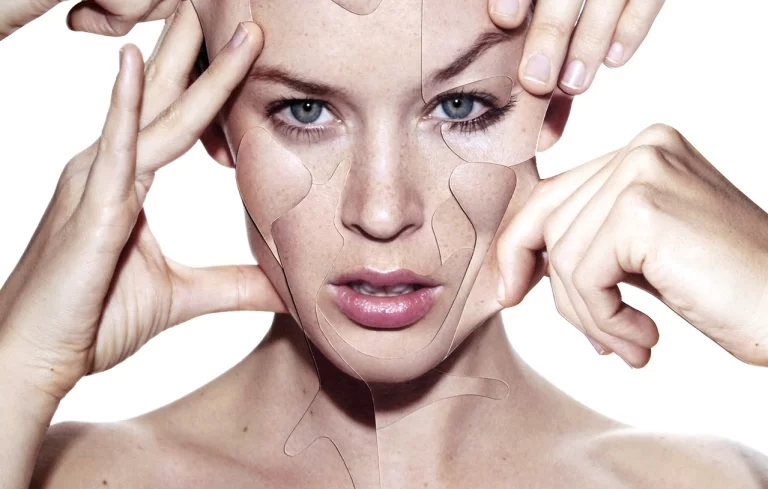
Can what you eat AGE you?
Have you ever wondered if the saying “you are what you eat” holds true when it comes to your skin glow and health?
Ageing is a natural and inevitable process. It is influenced largely by factors that we cannot change, such as our gender and genetics. The good news is, we can age at different rates based on characteristics we can control, such as the amount of sun exposure, whether we smoke, how much alcohol we consume and yes, potentially even from what we choose to put on our dinner plates.
There are multiple theories of ageing, with research still very much ongoing in this exciting area. In recent years, the role of Glycation has been increasingly discussed and linked with skin age. It is emerging as a possible reason why skin ageing may occur faster in one individual, compared to another.
Ageing gracefully
Ageing is essentially the progressive decline in our body’s function and performance. It is a complex process that involves a combination of genetic factors, factors within our body, and environmental influences.
Our skin forms the protective barrier for our body and is our largest organ. It is no wonder that skin is therefore subjected to our natural internal ageing process, but also to various outside stressors that can lead to changes to our youthful appearance.
Aged skin impacts on a multitude of functions – much of which we cannot see beneath the skin’s surface. Our faces are able to reflect the changes that are occurring internally.
What we may see in aged skin is fine lines and wrinkles, changes to the texture of our skin, a loss of skin glow replaced with a more dull tone, pigmentation, loss of skin stretchiness and bounce, crepiness of the skin, as well as decreased facial volume and loss of facial contour.
The sun is probably our biggest ageing source, especially here in Australia. In addition to UV damage, however, there are lots of other processes that are helping the ageing process along, including glycation.
What is Glycation?
Glycation is a process that can begin as soon as in early adult life. It occurs when sugars (such as glucose and fructose) form non-enzymatic bonds with proteins, lipids or nucleic acids. Sounds complicated? I agree!
Think of it as the process of protein or fat combining with sugar in your bloodstream. How does this contribute to facial ageing? Glycation essentially results in your body making Advanced Glycation End Products (AGEs).
These are harmful compounds which at low levels, your body can cleverly remove by using its defences, such as antioxidants. It is only when higher levels of AGEs build-up, that your body will be exposed to increased inflammation, which can then damage your skin’s collagen and elastin, as well as your body’s other vital organs.

Is sugar the cause?
Your diet can be one of the biggest contributors to how many AGEs you have within your body. Whilst not the only cause, sugar is one of the major players in glycation. If you are diabetic or know someone who is being treated for diabetes, you would know that the level of sugar in the blood is frequently being monitored.
The higher the levels of sugar in the blood over time, the higher the risk of other health conditions and organ damage. This is mainly due to the raised levels of inflammation being triggered in your body, secondary to glycation.
How you cook your food can also influence your level of glycation and therefore AGEs.
The next time you are in the kitchen, take note of how your meat, chicken or fish, turns brown the longer you leave it in the pan, or the higher the temperature of cooking you set. This is another example of the glycation process.
Dry heat can potentially increase the amount of AGEs in your food by up to 100 times.
Furthermore, certain foods (such as those high in animal fat) can also be considered “AGE-rich” and are more prone to new AGE formation during cooking.
What are the signs of Glycation?
Remember how I mentioned that Glycation breaks down collagen and elastin? These are the two main game players when it comes to keeping our skin as youthful as possible. Collagen and elastin are the building blocks for your skin and what keeps your skin plump, firm, bouncy and elastic.
AGEs will stiffen your collagen and elastin making them dry and brittle and taking away their strength and spring. Your complexion starts to looks more sallow or yellowy, saggy and wrinkled. A cross-hatched pattern of lines and wrinkles, particularly around the mouth or lower eye area, can be classic for glycation. You might also notice increased pigmentation or dark spots.
Glycation also affects the type of collagen you have. Your skin has 3 main types of collagen – types 1, 2 and 3. Type 3 is the strongest collagen, whilst Type 1 is the weakest. Glycation is drawn to destroying Type 3 collagen, leaving your skin’s structure weaker and less stable. Impaired skin barrier usually leaves you more prone to redness, irritation and overall skin sensitivity – especially to skincare products or in clinic treatments.
Glycation can also potentially damage your skin’s natural antioxidant defences which makes your skin more vulnerable to damage from things such as UV rays, pollution, blue light – which further accelerates your speed of ageing.
Preventing the process – adapting your lifestyle
Prevention is definitely better than cure, but, I am certainly not suggesting that you cut out all sugar from your diet (even if this was possible!) My years of experience in Lifestyle and Weight Loss Medicine has shown that restrictive diets and exclusion of certain food groups is almost never the answer unless medically indicated.
You cannot avoid glycation entirely. Most foods, even vegetables and fruit, contain glucose. Furthermore, we need a certain level of glucose for our bodies to function normally.
What we can try to do is avoid high levels of sugar (both natural and processed), minimise refined sugars that are going to give a big insulin spike when we consume them, and choose lower GI foods such as wholegrains and vegetables, which release glucose much slower into the bloodstream.
Some food groups are considered to be anti-inflammatory or have higher antioxidant benefits, which can help to defend against glycation. These include Vitamin E, Vitamin C, CoQ10 but this list is not exhaustive as the number of foods and research in this area is quite wide and varied.
Choosing to consume less processed food overall and replacing these with fresher options, cooking with moist heat (eg. steaming), at lower temperatures, with shorter cooking times can also potentially help reduce new dietary AGE formation.
Ensuring you have an adequate level of daily water intake and minimise alcohol, processed fruit juices, soft drinks will also be beneficial.

Maintaining your skin health
Along with lifestyle modifications, maintaining your skin health and quality will help keep your skin at its absolute healthiest and therefore give you the best chance when it comes to skin ageing.
1. Sun Protection
Sun protection is still number one and not to be forgotten. Finding a sunscreen that you love and will use daily is important to help you build a habit of applying sunscreen every day.
Some popular sunscreen choices are:
Ultraceuticals Ultra UV Protective Daily Moisturiser SPF 50 Mattifying
- A perfect sunscreen and moisturiser combo to save one step in your day time skin routine.
- Matt finish to avoid the sunscreen shine or stickiness.
Mesoestetic Mesoprotech Melan130 Pigment Control
- Protects against UVA and UVB, SPF50+.
- Anti-Pigment with a lovely BB cream texture and finish.
Aspect Sun Envirostat Face SPF 50
- If you are often outdoors and active in the water.
- It provides 4 hours water resistance protection (remember to reapply) and is also non-sticky and non-greasy.
2. Home Skincare Regime
My favourite compliment to any in clinic treatment(s). Skincare options are tailored and individualised to suit your skin type. In addition to sunscreen, we can help prevent signs of glycation by taking a protective approach with antioxidants as well as a restorative and hydrating approach.
Some of my must have recommendations to help maintain your skin strength and glow include:
C&E Advanced by PCA Skin
Vitamin C is well known for its antioxidants effects as well as helping to build collagen.
This product contains 20% vitamin C, in a stable formula, which will help protect your skin, address fine lines and wrinkles, as well as firm and brighten the skin.
Cosmedix Affirm (AntiOxidant Firming Serum)
This little supercharged antioxidant serum helps to address uneven skin tone and helps protect your skin from environmental stressors. It helps to improve your fine lines and wrinkles and give a smoother-looking complexion.
Vitamin B3 Brightening Serum – PCA Skin
As glycation can break down your skin’s defences, a boost to strengthen your skin barrier is important. Vitamin B3 (niacinamide) helps to decrease glycation-related skin yellowing, as well as decrease skin discolouration and pigment, all whilst boosting your skin’s defence wall.
Cosmedix Elite Pepoxide
Used morning and night, this clever serum delivers 16 powerful antioxidants and peptide amino acids to help protect your skin against free radical damage and therefore helps to improve fine lines and wrinkles.
Cosmedix Elite X-cell
This is one of my favourite multi-tasking serums. It is a clever Vitamin A and Anti-Pigment combination. Vitamin A is a must in any anti-ageing routine to help not only with skin turnover, but to gently exfoliate and renew, firm and strengthen your skin.
Add in some exceptional skin brightening qualities and what results is a lighter, brighter and move evenly toned complexion with anti-oxidant and anti-pigment protection.
PCA Skin Hyaluronic Acid Boosting Serum
Because we all cannot live without Hyaluronic Acid! Its anti-ageing benefits come from the level of hydration it delivers beyond just the surface of your skin, as well as encouraging your skin to create its own hyaluronic acid. Think hydration, fine line reduction, plumpness and long-term anti-ageing effects.
3. Treatments in Clinic
The overall aim of treatments in clinic is to help stimulate collagen and elastin production to rebuild your skin strength, improve texture and elasticity, as well as assist skin brightness and tone.
I am a strong believer for a holistic and combined approach when it comes to treatment planning. Treatment options are vast so the key is to address your main concerns and treatment goals and match these with your lifestyle and treatment time frames.
Not only will your skin presentation be different to another, but your ability to manage down time such as redness and swelling, may also be different.
I therefore like to educate you on all options available to you, then recommend the tailored path that would be more suitable to you individually.
Whilst I would love to use the Halo Laser on almost all clients with Glycation to stimulate as much new collagen production as possible whilst improving elasticity, texture and tone… treatment planning is not a one size fits all approach.
Depending on the severity of your symptoms and lifestyle requirements, I like to use a combination of Skin Needling, Genius Radiofrequency Micro-needling, Platelet Rich Plasma, Clinical Skin Peels, Broad Band Light and the Halo Laser.
A balanced approach
There is still so much more to be discovered when it comes to the connection between our internal health and skin health. But what we do know is we can no longer take a one dimensional approach to just treating the symptoms we see on our skin.
If we want to achieve our best skin, our nutrition and lifestyle needs to also be at its healthiest level.
Moreover, a combination of treatment modalities generally provides better final results. This is why I love being able to tailor a comprehensive skin journey for you with skincare, injectables, energy-based devices as well as dermal therapy treatments.



